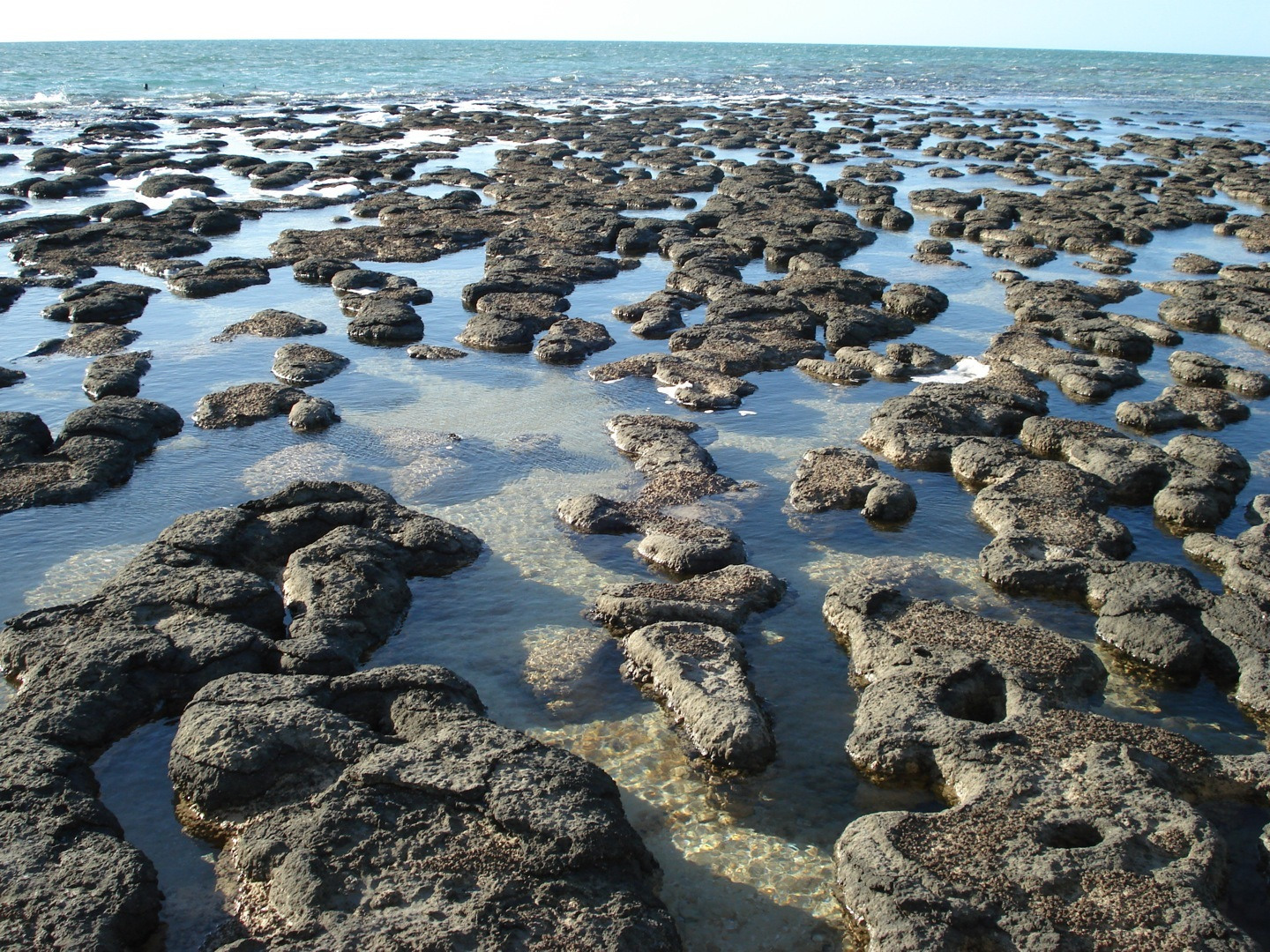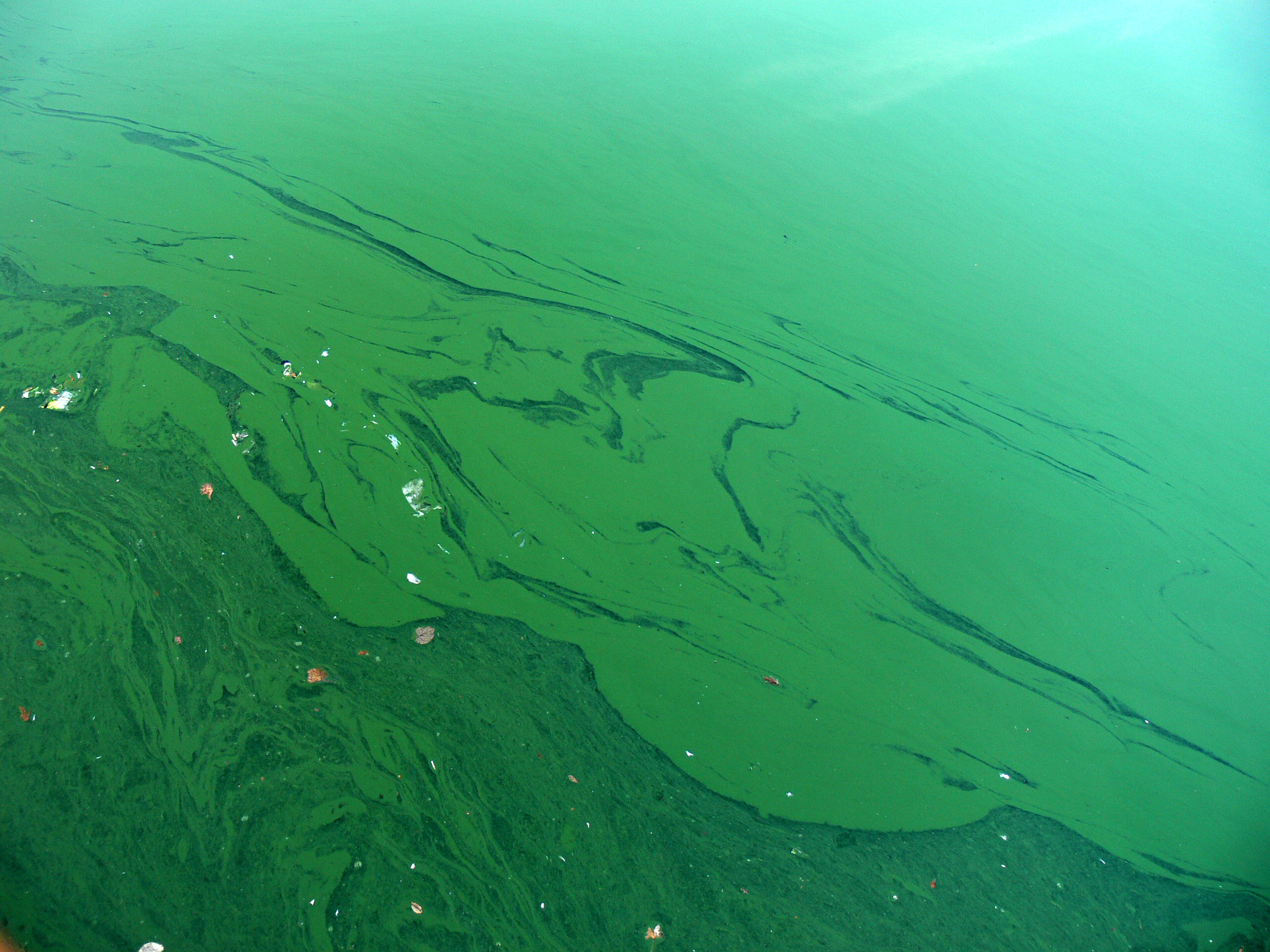Our Environment Contents
1. Evolution
The earliest life that we have physical evidence for is Stromatolite bacteria. They formed 2.5 - 3.5 billion years ago. Evidence for their existence comes from fossils in the form of low mounds or domes called stromatolites. These were made by colonies of cyanobacteria (blue green algae) which formed microbial mats on sediment surfaces. Periodically these were covered by sediment and the mat had to regrow on top. They continue to occur today in extreme hypersaline environments like the salt pools of the Red Sea.


The fossil evidence suggests that stromatolite-forming bacteria colonised much of the Earth. Other free living bacteria were also present and dominated the planet for more than 2 billion years. By 2.5 billion years ago the Earth's crust had become thicker and stronger. Tectonic processes cracked and moved the crust, and larger continents were formed. These had wide shallow continental shelves which allowed the stromatolite communities to flourish and expand into more and more environments. The bacteria lived and evolved in an environment which lacked abundant oxygen.
Stromatolites began to decline in number about 1.25 billion years ago. It is thought that this was due to them falling prey to grazing creatures which had evolved by that time.
What is the earliest evidence of life?